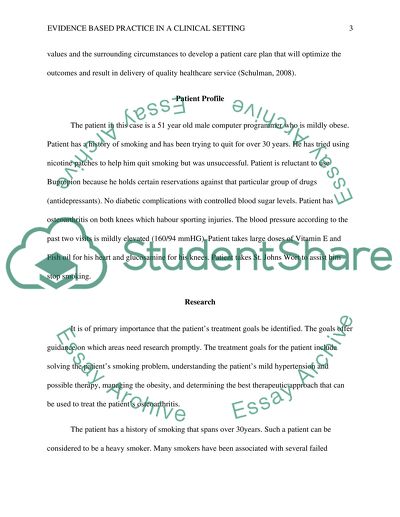Cite this document
(“Evidence Based Practice in a Clinical Setting Essay”, n.d.)
Retrieved from https://studentshare.org/nursing/1397716-efficient-nursing-documentation-as-a-strategy-to
Retrieved from https://studentshare.org/nursing/1397716-efficient-nursing-documentation-as-a-strategy-to
(Evidence Based Practice in a Clinical Setting Essay)
https://studentshare.org/nursing/1397716-efficient-nursing-documentation-as-a-strategy-to.
https://studentshare.org/nursing/1397716-efficient-nursing-documentation-as-a-strategy-to.
“Evidence Based Practice in a Clinical Setting Essay”, n.d. https://studentshare.org/nursing/1397716-efficient-nursing-documentation-as-a-strategy-to.


